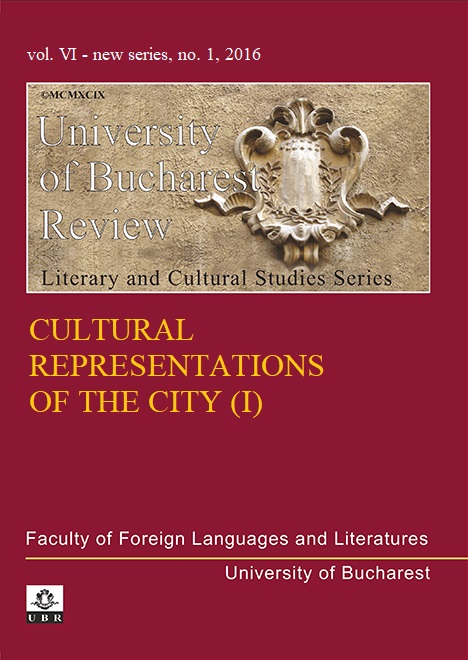“IT WAS A PLEASING REFLECTION
TO SEE THE WORLD SO PRETTILY CHEQUER’D”:
AESTHETICS OF URBAN EXPERIENCE
IN THE SPECTATOR
“IT WAS A PLEASING REFLECTION
TO SEE THE WORLD SO PRETTILY CHEQUER’D”:
AESTHETICS OF URBAN EXPERIENCE
IN THE SPECTATOR
Author(s): Eduard GhiṭăSubject(s): Cultural history, History of ideas
Published by: Editura Universităţii din Bucureşti
Keywords: everyday aesthetics; novelty; the sublime; urban studies; the imagination
Summary/Abstract: Joseph Addison’s 1712 collection of papers on the Pleasures of theImagination has been read extensively as a founding statement of modern aesthetics.The great majority of studies take Addison’s essays on the Pleasures of theImagination to be a self-contained document which prevents their authors fromturning their attention to The Spectator at large. As I turn my attention to theperiodical at large, my aim in this paper is to show how the urban experience of Mr.Spectator was consequential in the emergence of a modern aesthetic discourse. First,I will present the views of Donald Newman, Martha Woodmansee, John Brewer andWilhelm Dilthey, in order to support the view that the city could be envisaged asa condition for the aesthetic. This lends itself to extra-textual approaches to theperiodical, tracing the importance of the social, political and economic contextsfor the rise of aesthetics. A short introduction to the scope of aesthetics outsideof art will help me recuperate the aesthetic dimension of Mr. Spectator’sreflections on his urban environment. I will then start my analysis of the city as asource of the aesthetic. I argue that the locus of aesthetic theory, Addison’s essays onthe Pleasures of the Imagination, needs to be enlarged so as to accommodate Mr.Spectator’s reflections on the city. Tracing back the findings in The Spectator at largeto the imagination papers, I show how the metropolis offered Mr. Spectator animmediate space where his two most important aesthetic categories —the new andthe great—would be played out.
Journal: University of Bucharest Review. Literary and Cultural Studies Series
- Issue Year: VI/2016
- Issue No: 1
- Page Range: 149-157
- Page Count: 9
- Language: English

